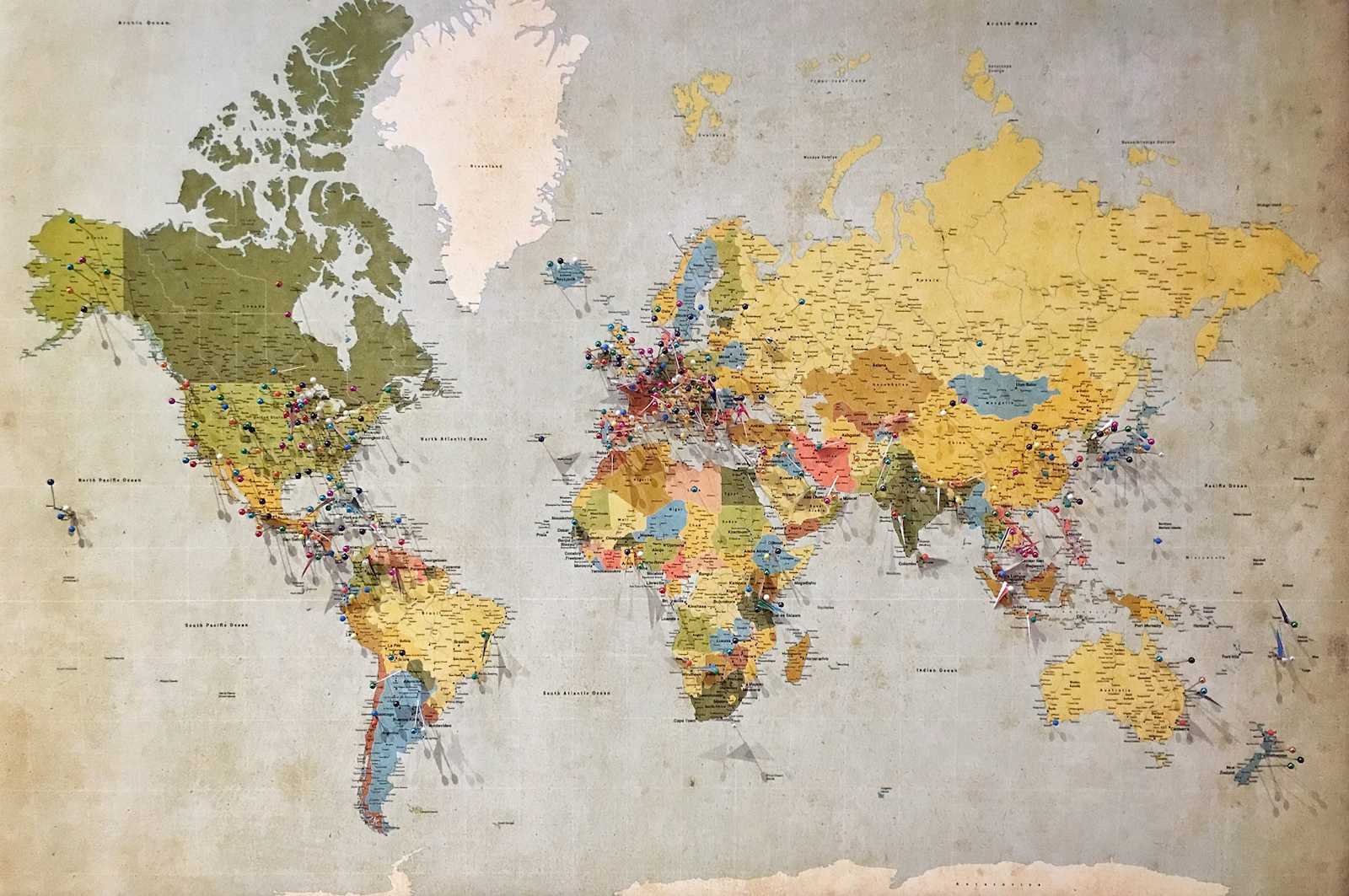Plot GeoJSON on Your Blog Posts
 Vehbi Sinan Tunalioglu
Vehbi Sinan Tunalioglu
If you wonder how to plot GeoJSON data on your blog posts, here is a simple example. In this blog post, I will show how to plot Microsoft Azure regions on a map using the Leaflet.js JavaScript library.
Motivation
I am currently not using Microsoft Azure. But for a tool I am developing, I wanted to check Azure regions. Azure CLI provides a command to list all regions. And the output contains longitude and latitude information.
I thought it would be nice to plot these regions on a map. Better, I can use this as an example to show how to plot GeoJSON data on a blog post.
We need:
A GeoJSON file containing the data we want to plot.
A JavaScript library to plot the data.
A Zola shortcode to embed the map in the blog post.
GeoJSON Data
GeoJSON is a format for encoding a variety of geographic data structures as a JSON value. You can use this format to plot points, lines, and polygons on a map. You can play with GeoJSON using the GeoJSON.io website or GeoJSONLint webtool.
In my case, I created a GeoJSON file named azure.json containing the Microsoft Azure region coordinates. I used Azure CLI to list physical regions and produced the GeoJSON file:
az account list-locations --query "[?metadata.regionType == 'Physical']" -o json |
jq '{
"type": "GeometryCollection",
"geometries": [
.[] | {type: "Point", coordinates: [(.metadata.longitude | tonumber), (.metadata.latitude | tonumber)]}
]
}' > static/assets/media/posts/cloud-map/azure.json
You can see the file yourself. In fact, you can copy the content of this file and paste it into the GeoJSON.io or GeoJSONLint to see the map yourself. A bonus: GitHub can render GeoJSON and TopoJSON data in markdown files like it does with Mermaid diagrams.
Plotting the Data
I used the Leaflet.js JavaScript library to plot the data. It has GeoJSON support and is easy to use. We will see how it is used in the next section.
Zola Shortcode
My blog is built using Zola. I created a shortcode named leaflet_world to embed a map in a blog post.
There are many other such static site generators, and they usually come with a way to create custom plugins. You can adopt it for your case easily as it is simple HTML, CSS and JavaScript.
Here is my Zola shortcode:
<div class="leaflet" id="{{id}}" style="height: {{height}}px;">
<link
rel="stylesheet"
href="https://unpkg.com/leaflet@1.9.4/dist/leaflet.css"
integrity="sha256-p4NxAoJBhIIN+hmNHrzRCf9tD/miZyoHS5obTRR9BMY="
crossorigin=""
/>
<script
src="https://unpkg.com/leaflet@1.9.4/dist/leaflet.js"
integrity="sha256-20nQCchB9co0qIjJZRGuk2/Z9VM+kNiyxNV1lvTlZBo="
crossorigin=""
></script>
<script type="text/javascript">
var map = L.map("{{id}}", {});
var positron = L.tileLayer(
"https://{s}.basemaps.cartocdn.com/light_all/{z}/{x}/{y}.png",
{
attribution:
'© <a href="https://www.openstreetmap.org/copyright">OpenStreetMap</a> contributors, © <a href="https://carto.com/attribution">CARTO</a>',
},
).addTo(map);
L.control.scale().addTo(map);
map.setZoom(1);
map.setView([10, 0]);
fetch("{{geojson | safe}}")
.then((res) => res.json())
.then((data) => L.geoJSON(data).addTo(map));
</script>
</div>
This shortcode consumes the following parameters:
id: The id of thedivelement.height: The height of the map in pixels.geojson: The URL or path of the GeoJSON file.
Then, I can use this shortcode in my blog post like this:
{{/* leaflet_world(id="cloudmap", height=400, geojson="/assets/media/posts/cloud-map/azure.json") */}}
(You can see the result on my blog.)
Wrap Up
I enjoy adding some new tools in my toolbox:
GeoJSON is quite simple and powerful. It is a pity that I never used GeoJSON before. There is TopoJSON as well, which is a more compact format, but I did not need it for this simple example.
I used Leaflet.js before, but I did not know it has GeoJSON support. It is nice to know that I can use it to plot GeoJSON data.
My blog now has a shortcode to embed maps. I can use it in the future for other purposes, like plotting Doner Kebab stalls near Azure datacenters.
Subscribe to my newsletter
Read articles from Vehbi Sinan Tunalioglu directly inside your inbox. Subscribe to the newsletter, and don't miss out.
Written by

Vehbi Sinan Tunalioglu
Vehbi Sinan Tunalioglu
My name is Sinan. I am a computer programmer and a life-style entrepreneur. You can check my LinkedIn and GitHub profile pages for more information, and send an email to vst@vsthost.com to contact me. I am re-publishing my technical blog posts on hashnode. My website is available on thenegation.com, and its source code is available on GitHub.